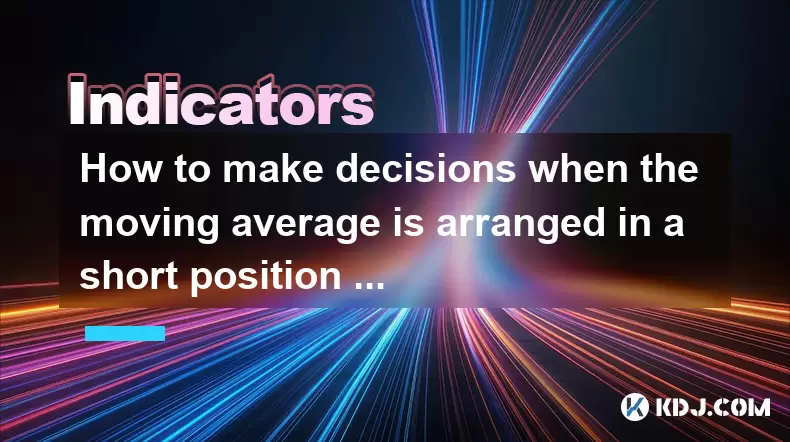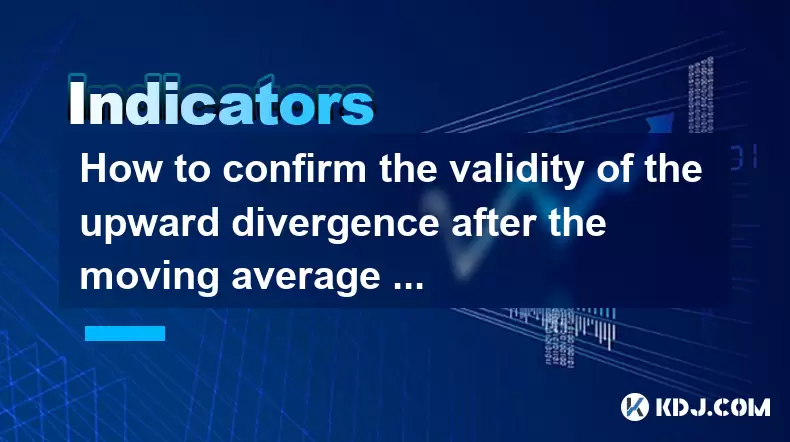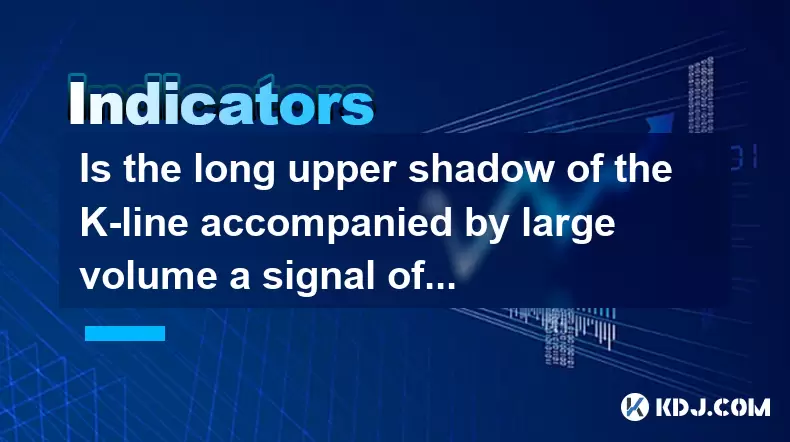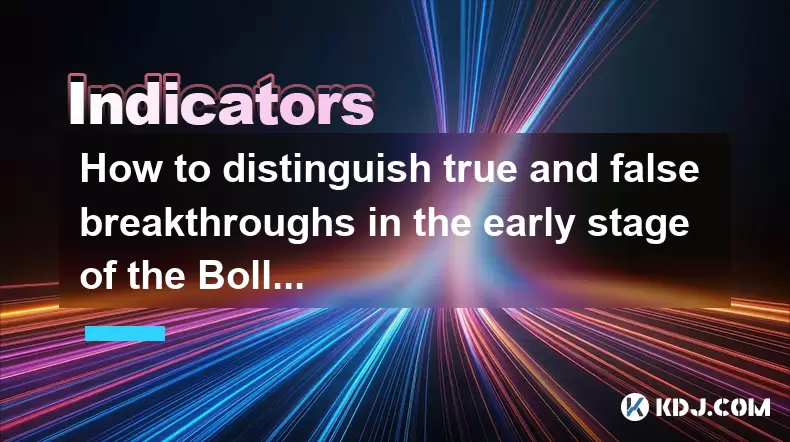-
 Bitcoin
Bitcoin $106,754.6083
1.33% -
 Ethereum
Ethereum $2,625.8249
3.80% -
 Tether USDt
Tether USDt $1.0001
-0.03% -
 XRP
XRP $2.1891
1.67% -
 BNB
BNB $654.5220
0.66% -
 Solana
Solana $156.9428
7.28% -
 USDC
USDC $0.9998
0.00% -
 Dogecoin
Dogecoin $0.1780
1.14% -
 TRON
TRON $0.2706
-0.16% -
 Cardano
Cardano $0.6470
2.77% -
 Hyperliquid
Hyperliquid $44.6467
10.24% -
 Sui
Sui $3.1128
3.86% -
 Bitcoin Cash
Bitcoin Cash $455.7646
3.00% -
 Chainlink
Chainlink $13.6858
4.08% -
 UNUS SED LEO
UNUS SED LEO $9.2682
0.21% -
 Avalanche
Avalanche $19.7433
3.79% -
 Stellar
Stellar $0.2616
1.64% -
 Toncoin
Toncoin $3.0222
2.19% -
 Shiba Inu
Shiba Inu $0.0...01220
1.49% -
 Hedera
Hedera $0.1580
2.75% -
 Litecoin
Litecoin $87.4964
2.29% -
 Polkadot
Polkadot $3.8958
3.05% -
 Ethena USDe
Ethena USDe $1.0000
-0.04% -
 Monero
Monero $317.2263
0.26% -
 Bitget Token
Bitget Token $4.5985
1.68% -
 Dai
Dai $0.9999
0.00% -
 Pepe
Pepe $0.0...01140
2.44% -
 Uniswap
Uniswap $7.6065
5.29% -
 Pi
Pi $0.6042
-2.00% -
 Aave
Aave $289.6343
6.02%
How to make decisions when the moving average is arranged in a short position but does not accelerate the decline?
A bearish moving average setup may signal a downtrend, but without price acceleration, traders should seek confirmation from momentum indicators, chart patterns, and broader market context before entering short positions.
Jun 17, 2025 at 02:49 pm

Understanding the Short Position Setup with Moving Averages
When traders analyze price charts, they often rely on moving averages (MAs) to determine trend direction and potential reversal points. A short position setup typically involves a bearish alignment of moving averages, such as the 50-period MA crossing below the 100-period MA, signaling a downtrend. However, when this configuration occurs but does not accelerate the decline, it creates uncertainty for traders trying to decide whether to enter or hold off.
In such situations, the key lies in understanding that a bearish MA arrangement doesn’t always equate to immediate downward momentum. The market may be consolidating, or the bears may lack conviction. Traders should assess other indicators and chart patterns before making a decision.
Analyzing Price Action Around Key Levels
Before committing to a trade, it's crucial to examine how price behaves around significant levels. These can include support zones, psychological price points, or Fibonacci retracement levels. If the price stalls near these areas despite the bearish MA alignment, it could suggest temporary strength from buyers.
- Look for rejection candles like shooting stars or bearish engulfing patterns at resistance.
- Observe volume spikes during attempted breakdowns; high volume without follow-through may indicate weakness.
- Identify consolidation patterns such as triangles or rectangles that may precede a breakout.
By closely monitoring how price interacts with these levels, traders can better judge whether the short setup is still valid or if the trend is losing steam.
Evaluating Momentum Indicators for Confirmation
Since moving averages are lagging indicators, combining them with leading tools like momentum oscillators helps confirm the strength behind the trend. Popular choices include RSI (Relative Strength Index), MACD (Moving Average Convergence Divergence), and Stochastic Oscillators.
- RSI hovering above 50 suggests bullish bias, even if MAs are bearishly aligned.
- MACD line crossing above the signal line can hint at a short-term bullish correction.
- Divergences between price and momentum may signal a weakening trend.
If momentum indicators show signs of divergence or overbought conditions, traders should be cautious about blindly entering short positions based solely on MA arrangement.
Assessing Market Structure and Context
The broader context plays a vital role in decision-making. Even if moving averages are arranged bearishly, external factors such as news events, macroeconomic data, or sector-specific developments can halt or reverse the expected decline.
- Consider whether the asset is part of a larger uptrend where the current MA cross is just a pullback.
- Check higher timeframes like the daily or weekly chart to understand the bigger picture.
- Be aware of market sentiment shifts, especially in crypto markets, which are highly influenced by news cycles and regulatory updates.
This contextual analysis prevents traders from getting caught in false breakouts or premature entries that could lead to losses.
Implementing Risk Management Techniques
Even with thorough analysis, trading carries inherent risk. When the moving average setup is bearish but lacks acceleration, it’s wise to implement strict risk controls.
- Use tight stop-loss orders above recent swing highs to limit downside exposure.
- Consider scaling into positions rather than going all-in immediately.
- Set realistic take-profit targets based on previous support/resistance levels.
Risk-reward ratios should remain favorable, ideally at least 2:1, to justify the trade even if the move isn't aggressive. This approach ensures that even small declines can result in profitable outcomes.
Frequently Asked Questions
What does it mean if moving averages are bearishly aligned but the price isn't falling?
A bearish MA arrangement indicates a potential downtrend, but the absence of a strong decline suggests that sellers aren't pushing hard enough or that buyers are stepping in. It might signal a pause, consolidation, or a weak trend that needs further confirmation.
Can I still take a short position under these conditions?
Yes, but with caution. You should look for additional signals such as rejection at resistance, bearish candlestick patterns, or divergences in momentum indicators before entering. Always use tight stops to manage risk.
Which timeframes should I focus on when analyzing this scenario?
It's best to start with higher timeframes like the 4-hour or daily chart to get a clear view of the overall trend. Then, zoom into lower timeframes like the 1-hour or 15-minute chart for precise entry and exit points.
How do I differentiate between a healthy pullback and a trend reversal?
Healthy pullbacks usually exhibit low volume, shallow retracements, and quick resumption of the trend. Reversals, on the other hand, often feature strong volume, deep corrections, and changes in momentum indicators. Monitoring structure breaks and momentum divergence helps distinguish between the two.
Disclaimer:info@kdj.com
The information provided is not trading advice. kdj.com does not assume any responsibility for any investments made based on the information provided in this article. Cryptocurrencies are highly volatile and it is highly recommended that you invest with caution after thorough research!
If you believe that the content used on this website infringes your copyright, please contact us immediately (info@kdj.com) and we will delete it promptly.
- Staked Ether, Corporate Crypto, and Finance Adoption: A New York Minute
- 2025-06-21 02:45:13
- Pendle, DeFi, and the SEC: A New York Minute on Crypto's Crossroads
- 2025-06-21 02:25:13
- Reddit, Worldcoin, and Iris Scanning: A New Era of User Verification?
- 2025-06-21 02:45:13
- Investor Funds, Bitcoin, and Buying Tricks: Navigating the Crypto Landscape
- 2025-06-21 02:50:12
- TikTok, Trump, and a $300 Million Crypto Bribe? What's the Deal?
- 2025-06-21 03:10:57
- Pi Network's Open Mainnet: Hype or Hope for a Decentralized Future?
- 2025-06-21 03:25:12
Related knowledge

Does the sudden contraction of ATR indicate the end of the trend?
Jun 20,2025 at 11:14pm
Understanding ATR and Its Role in Technical AnalysisThe Average True Range (ATR) is a technical indicator used to measure market volatility. Developed by J. Welles Wilder, ATR calculates the average range of price movement over a specified period, typically 14 periods. It does not indicate direction—only volatility. Traders use ATR to gauge how much an ...

Is the trend continuation when the Williams indicator is oversold but there is no rebound?
Jun 20,2025 at 11:42pm
Understanding the Williams %R IndicatorThe Williams %R indicator, also known as the Williams Percent Range, is a momentum oscillator used in technical analysis to identify overbought and oversold levels in price movements. It typically ranges from 0 to -100, where values above -20 are considered overbought and values below -80 are considered oversold. T...

Is the golden cross of the ROC indicator below the zero axis effective?
Jun 20,2025 at 09:42pm
Understanding the ROC Indicator and Its Role in Cryptocurrency TradingThe Rate of Change (ROC) indicator is a momentum oscillator widely used by traders to assess the speed at which cryptocurrency prices are changing. It measures the percentage difference between the current price and the price from a certain number of periods ago. The ROC helps identif...

How to confirm the validity of the upward divergence after the moving average sticks together?
Jun 21,2025 at 01:36am
Understanding the Basics of Moving Averages and DivergenceIn technical analysis, moving averages are crucial tools used to smooth out price data over a specified time period. When multiple moving averages converge or 'stick together,' it often indicates a consolidation phase in the market. This phenomenon can be a precursor to significant price movement...

Is the long upper shadow of the K-line accompanied by large volume a signal of peaking?
Jun 21,2025 at 12:28am
Understanding the Long Upper Shadow K-LineThe long upper shadow of a K-line is a common candlestick pattern that often appears during price action analysis. It consists of a small real body with a long upper wick, indicating that the price rose significantly during the period but was ultimately rejected and closed lower than its high. This pattern can s...

How to distinguish true and false breakthroughs in the early stage of the Bollinger Band opening?
Jun 20,2025 at 10:35pm
Understanding the Bollinger Band StructureBollinger Bands consist of three lines: a simple moving average (SMA) in the middle, and two outer bands that are standard deviations away from the SMA. These bands expand and contract based on market volatility. When the bands begin to widen, it often signals an increase in price volatility, which traders inter...

Does the sudden contraction of ATR indicate the end of the trend?
Jun 20,2025 at 11:14pm
Understanding ATR and Its Role in Technical AnalysisThe Average True Range (ATR) is a technical indicator used to measure market volatility. Developed by J. Welles Wilder, ATR calculates the average range of price movement over a specified period, typically 14 periods. It does not indicate direction—only volatility. Traders use ATR to gauge how much an ...

Is the trend continuation when the Williams indicator is oversold but there is no rebound?
Jun 20,2025 at 11:42pm
Understanding the Williams %R IndicatorThe Williams %R indicator, also known as the Williams Percent Range, is a momentum oscillator used in technical analysis to identify overbought and oversold levels in price movements. It typically ranges from 0 to -100, where values above -20 are considered overbought and values below -80 are considered oversold. T...

Is the golden cross of the ROC indicator below the zero axis effective?
Jun 20,2025 at 09:42pm
Understanding the ROC Indicator and Its Role in Cryptocurrency TradingThe Rate of Change (ROC) indicator is a momentum oscillator widely used by traders to assess the speed at which cryptocurrency prices are changing. It measures the percentage difference between the current price and the price from a certain number of periods ago. The ROC helps identif...

How to confirm the validity of the upward divergence after the moving average sticks together?
Jun 21,2025 at 01:36am
Understanding the Basics of Moving Averages and DivergenceIn technical analysis, moving averages are crucial tools used to smooth out price data over a specified time period. When multiple moving averages converge or 'stick together,' it often indicates a consolidation phase in the market. This phenomenon can be a precursor to significant price movement...

Is the long upper shadow of the K-line accompanied by large volume a signal of peaking?
Jun 21,2025 at 12:28am
Understanding the Long Upper Shadow K-LineThe long upper shadow of a K-line is a common candlestick pattern that often appears during price action analysis. It consists of a small real body with a long upper wick, indicating that the price rose significantly during the period but was ultimately rejected and closed lower than its high. This pattern can s...

How to distinguish true and false breakthroughs in the early stage of the Bollinger Band opening?
Jun 20,2025 at 10:35pm
Understanding the Bollinger Band StructureBollinger Bands consist of three lines: a simple moving average (SMA) in the middle, and two outer bands that are standard deviations away from the SMA. These bands expand and contract based on market volatility. When the bands begin to widen, it often signals an increase in price volatility, which traders inter...
See all articles

























































































